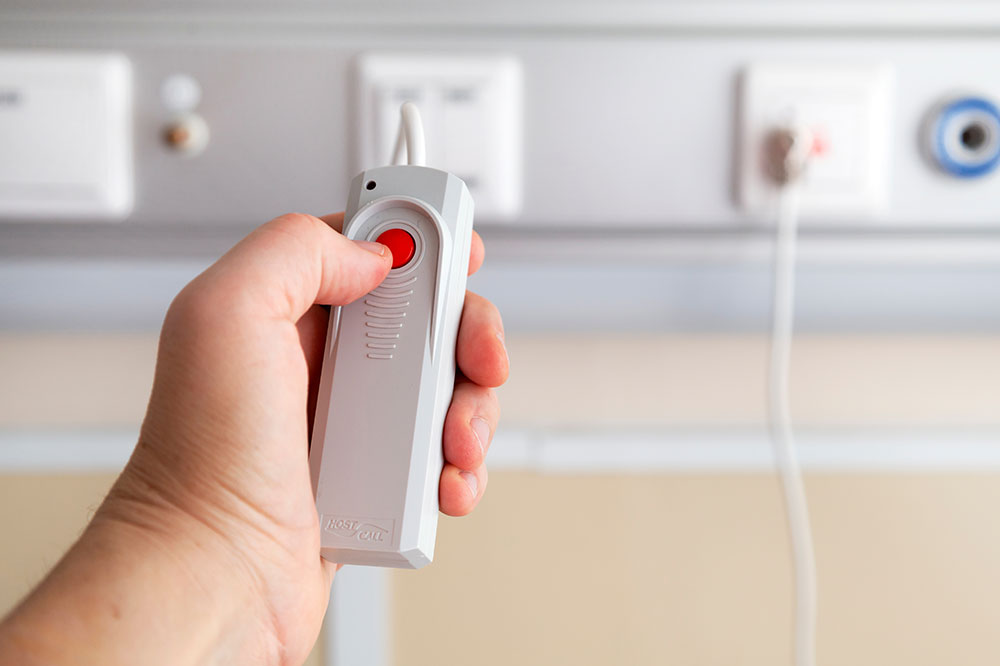
Medical alert systems – Types, features, brands, and cost
Medical alert systems help people summon emergency services when they cannot do so themselves. They are particularly helpful for seniors and those with disabilities who live alone or have mobility issues. Alert systems usually consist of a tiny device with a button that can be worn on the body or carried in a pocket for easy access. Here are the common types of medical alert systems, their features, and trustworthy brands to consider.
How do medical alert systems work?
Medical alert systems, or personal emergency response systems (PERS), are devices that allow users to request help during an emergency. Typically, they are worn as a pendant or bracelet and are connected to a base unit in the home. When the user presses a button on the device, the base unit sends a signal to a monitoring center, which, in turn, alerts the emergency services. Besides notifying the emergency team, the monitoring center can contact designated family members or caregivers whose phone numbers have been saved to the system.
Types of medical alert systems
Several types of medical alert systems are available, each with its own features and benefits. Here are the most common options:
In-home systems
These are the basic ones, mostly used by individuals who cannot venture outside. They consist of a wearable device, like a pendant or wristband, which is connected to an emergency unit at home. The drawback of this system is that it cannot be used outside the house.
Portable mobile systems
These systems can be used outside the house. They consist of tiny devices that can hold onto a belt, be stored in pockets, or be worn as pendants around the neck. The device is connected to a cellular network, making it possible to contact the monitoring station from anywhere. Some portable systems have a GPS locator, which monitors the wearer’s whereabouts. Such models are especially helpful for seniors with dementia. It provides their caregivers peace of mind and the assurance of their loved one’s safety.
Fall detection systems
If someone suffers a fall and becomes unconscious, they may not be able to press a button to call for help. Fall detection systems may come in handy in such situations. The device automatically contacts the emergency services when its sensor detects a fall. These systems are especially suitable for seniors with dementia or a higher risk of falling.
Features to look for in medical alert systems
A few features to consider when buying alert systems include the type, connectivity method, battery life, and location tracking technology. The better the features, the higher the price will be. Hence, one should consider their requirements and only invest in their desired features.
Brands and prices of medical alert systems
Medical Guardian, Bay Alarm Medical, GetSafe, MobileHelp, LifeFone, and LifeStation are well-known medical alert system brands. Some offer monthly subscriptions starting at around $20 per month. However, bundled systems may cost upwards of $50 per month. It’s important to research and compare the different options to find a system that fits one’s needs and budget. One should also analyze the company’s customer service to ensure a smooth user experience.
Medical alert systems provide support and peace of mind to seniors and differently-abled people, as well as their caretakers. Their remarkable feature of summoning immediate help can save both time and life.




